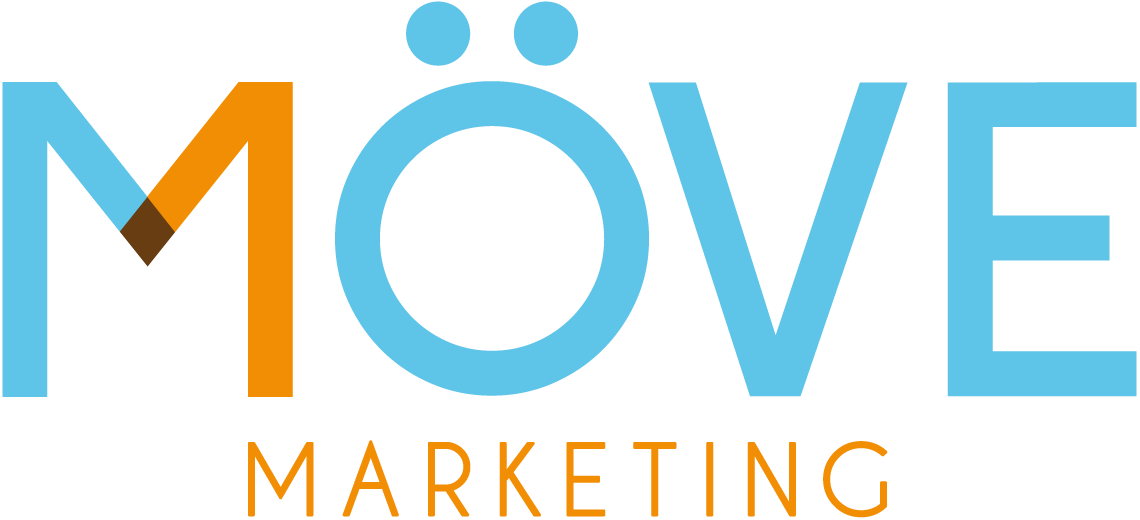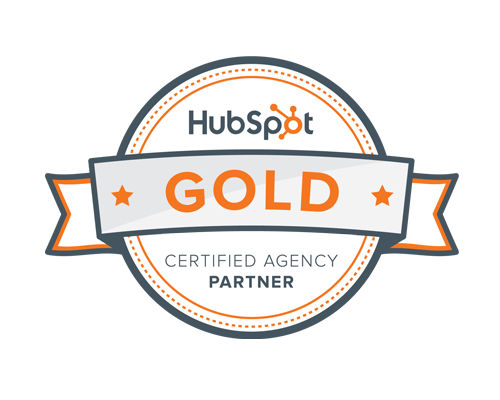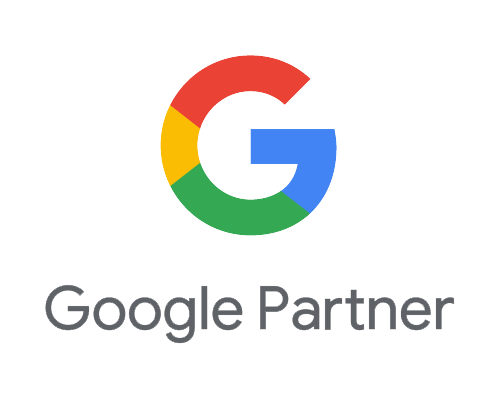
How to Identify and Understand Your Startup’s Target Audience
If you’re building your growth plan or already laid out your vision, you’ve probably already accounted for the fact that marketing will play a major role in driving wins along the way. But here’s the catch: If your marketing strategy is underdeveloped, you won’t see the results you want.
To maximize the impact of your marketing strategy, you’ll need to build solid foundations first, whether you’re establishing them now or need to reevaluate to make improvements. Many teams find it tempting to look into action-oriented steps right away, whether that’s choosing marketing channels, curating and producing content, setting KPIs, or running A/B tests.
However, it’s often the underlying ideas such as the core positioning, messaging, and product offering that need to be defined first—and understanding your startup’s target audience is a great place to start. Having a clear grasp of your ideal customer profile (ICP), including who your customers are and what they need, allows you to allocate resources more effectively and release content and marketing communications that resonate.
Prioritizing the relationship between your startup’s target audience and your offerings could even give you a competitive advantage. Research has shown that customer-centric companies boost profits by 60%. While many companies might acknowledge the importance of focusing on customers, it can be challenging to implement in practice. Companies that find ways to successfully prioritize their audience stand to see stronger metrics across both their marketing efforts and broader company performance.
In this guide, we’ll cover the process of identifying your target audience as well as how to use your value proposition, customer feedback, and market research to deepen the relationship.
Why Identifying Your Startup’s Target Audience Matters
A startup’s target audience is the group of people most likely to benefit from its products or services. Identifying this audience is the first step. From there, your team can begin the process of connecting with your audience by tailoring messaging or optimizing marketing channels. Especially for startups with limited resources, focusing on the right audience from the beginning will help distribute time and budget more efficiently.
To see why this is so effective, we can take a look at some examples that demonstrate the benefits of cohesion between audience needs and company positioning. Consider the brands Airbnb and Dollar Shave Club. Airbnb noticed that some travelers wanted affordable, unique accommodations beyond hotels, and the company grew in popularity by focusing its efforts on addressing that niche need and communicating its value to the specific group of people looking to meet it.
In another example, Dollar Shave Club recognized that men wanted affordable razors delivered conveniently to their doorsteps. Its explosive growth followed almost naturally from the company’s understanding of a simple customer need that it very effectively fulfilled.
Steps to Identify Your Target Audience
1. Define Your Value Proposition
Your value proposition is the foundation of your startup’s identity. It answers the question: What problem does your product or service solve?
- Clearly articulate the benefits your startup offers
- Identify the specific pain points your solution addresses
- Connect your value proposition with target audience needs
For example: If you offer an AI-driven personal finance app, your startup’s target audience could include young professionals looking for smart budgeting solutions.
2. Analyze Your Market
Market segmentation helps refine your target audience, which typically has additional subgroups that you can reach more easily by recognizing what makes each segment distinct. We recommend breaking it down into:
- Demographics (age, gender, income, occupation)
- Psychographics (lifestyle, values, interests)
- Behavioral traits (shopping habits, product usage)
- Geographics (location, climate, urban vs. rural preferences)
3. Study Competitors
If you’re entering an industry with some competitors that are already established, you might find that they’ve already done some of the work of identifying an audience. While your audiences might not be exactly the same, studying them can reveal where you overlap and where there are still untapped opportunities.
- Identify their primary audience and how they engage with them
- Analyze customer reviews and feedback to see what their customers appreciate or want improved
- Look for underserved segments that your startup can cater to
4. Use Customer Feedback
Early adopters can offer a trove of useful product feedback. While some of their comments can help you refine your products and services, you can also use them to calibrate your understanding of your startup’s target audience and confirm that you are offering your solutions to the right groups of people.
You can gather feedback by:
- Conducting interviews, surveys, and focus groups
- Monitoring online reviews and social media comments
Collecting customer comments directly will help you adapt your messaging, features, and even ICP based on what your customers need. Pivoting in response to feedback has even led some companies to success. For example, Slack was initially built for gaming before pivoting, based on user feedback, to become a leading communication tool for businesses.
5. Create Audience Personas
Audience personas are fictional, but they’re based on in-depth research. A strong buyer persona includes:
- Name, age, and occupation
- Goals and pain points
- Preferred communication channels
- Buying behavior and decision-making factors
Developing buyer personas gives your team the tools you need to personalize marketing efforts and product development to offer more valuable solutions.
How to Deepen Understanding of Your Startup’s Target Audience
Once you’ve identified your startup’s target audience and the segments within it, continuously refining your understanding will keep your marketing efforts relevant. Here are some ways to continue working toward clarity:
- Monitor Behavior and Trends: Use tools like Google Analytics, social media insights, and CRM systems to track trends, engagement, customer journeys, and conversion rates.
- Engage Directly: Build relationships through direct interactions, such as social media Q&A sessions, customer feedback forms, and live events.
- Stay Updated on Industry Trends: Market preferences evolve, so keeping up with reports, thought leaders, and networking events can help your team adapt.
By consistently applying these strategies, your startup can maximize responsiveness to changing customer needs.
Common Mistakes to Avoid
Whether you’re in the discovery process or planning messaging for your startup’s target audience, these common mistakes could throw you off course:
- Overgeneralization: Trying to appeal to everyone at once can dilute your message. Instead, focus on tailoring messaging for each specific segment.
- Relying on assumptions: Data is a powerful way to inform important business decisions. Collect reliable data instead of following assumptions you’ve made.
- Ignoring audience feedback: When your startup’s target audience tells you something, listen. Supporting continuous engagement and feedback will keep your startup aligned with customer goals and needs.
Avoiding these mistakes will start building your team a loyal customer base from the beginning and give you a path to fine-tuning your products and services.
Final Thoughts
Identifying and understanding your startup’s target audience is an ongoing process. As your business grows, connecting with customers will evolve, too. To stay competitive, be sure not to skip core steps like defining your value proposition, conducting market research, and listening to trends and feedback. Once those baselines are set up, you can develop highly effective marketing strategies and campaigns that drive engagement and profitability.
Looking to start implementing these steps and refine your approach? Get in touch with us today to start learning more about your customers.




